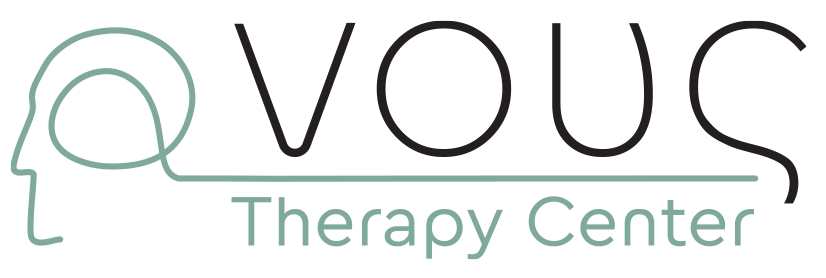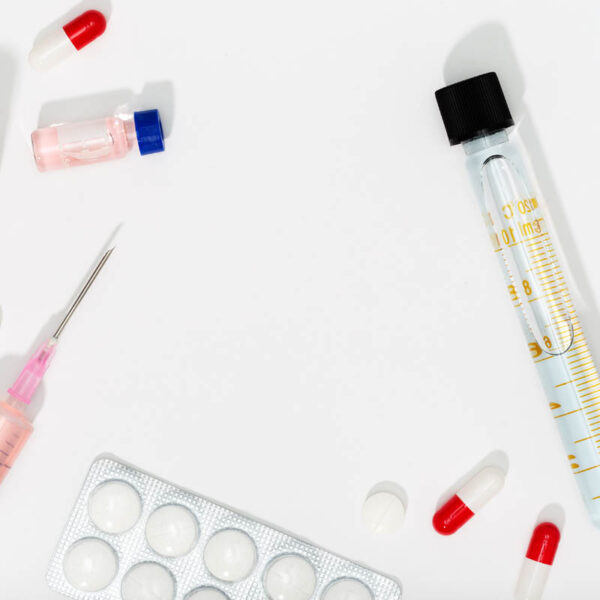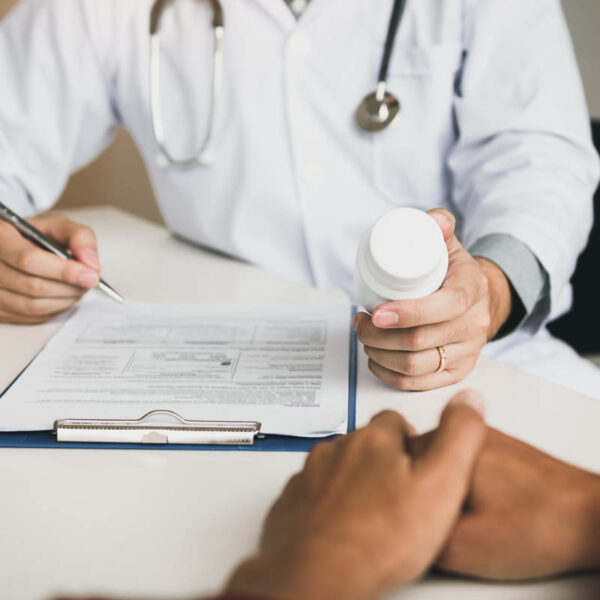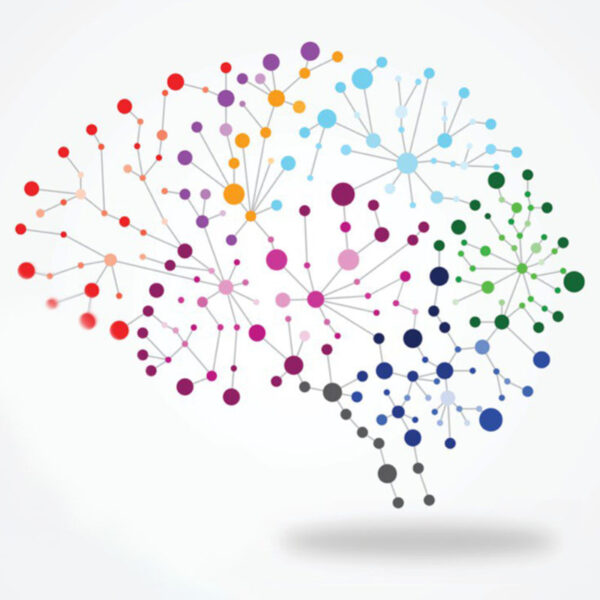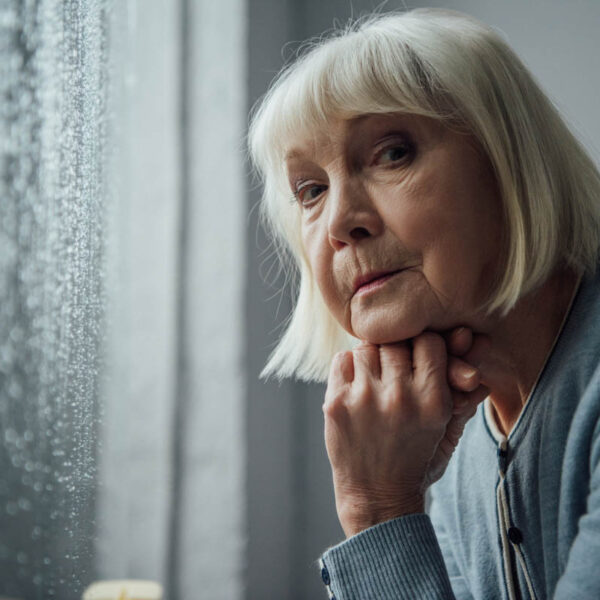
Sexual Disorders
Hypoactive sexual desire/arousal disorder in women involves a persistent lack of interest in sexual activities, including desire, thoughts, fantasies, arousal before and during sexual experiences. Motivations for sexual arousal are reduced or entirely absent, while women significantly struggle with vaginal lubrication and achieving orgasm.
The disorder can arise from both psychological and organic causes or a combination of these (psychological factors, past traumas, medical conditions, hormonal imbalances, etc.) and can lead to feelings of disappointment, anxiety, interpersonal difficulties and strained personal relationships.
The disorder can arise from both psychological and organic causes or a combination of these (psychological factors, past traumas, medical conditions, hormonal imbalances, etc.) and can lead to feelings of disappointment, anxiety, interpersonal difficulties and strained personal relationships.
Erectile dysfunction (ED) is a common sexual disorder that affects men of all ages. It involves the persistent inability to achieve or maintain an erection sufficient for satisfactory sexual intercourse.
ED can be caused by various factors, both organic and psychological, including medical conditions such as diabetes, cardiovascular diseases, hormonal imbalances, and lifestyle factors like smoking or alcohol consumption. Psychological issues like anxiety, depression, or relationship problems can also lead to erectile dysfunction, necessitating psychotherapeutic support and assistance.
ED can be caused by various factors, both organic and psychological, including medical conditions such as diabetes, cardiovascular diseases, hormonal imbalances, and lifestyle factors like smoking or alcohol consumption. Psychological issues like anxiety, depression, or relationship problems can also lead to erectile dysfunction, necessitating psychotherapeutic support and assistance.
The two primary characteristics of ejaculation disorders relate to time (premature ejaculation, delayed or absent ejaculation) and a man's control over ejaculation.
Premature ejaculation (PE) is a common sexual disorder that affects men, causing them to ejaculate very quickly during sexual activity. Delayed ejaculation or absence of ejaculation pertains to cases where, despite having desire, stimulation is not sufficient to build up to orgasm and ejaculation.
Ejaculation disorders can be attributed to psychological factors such as performance anxiety, stress, or relationship issues, as well as organic factors like medical conditions.
Ejaculation disorders can be distressing and negatively impact intimacy and relationships. Our team of specialized therapists provides a safe and supportive environment to discuss concerns related to the disorder. We offer therapies and techniques to help individuals gain better control over their ejaculation and enhance sexual satisfaction for both partners.
Premature ejaculation (PE) is a common sexual disorder that affects men, causing them to ejaculate very quickly during sexual activity. Delayed ejaculation or absence of ejaculation pertains to cases where, despite having desire, stimulation is not sufficient to build up to orgasm and ejaculation.
Ejaculation disorders can be attributed to psychological factors such as performance anxiety, stress, or relationship issues, as well as organic factors like medical conditions.
Ejaculation disorders can be distressing and negatively impact intimacy and relationships. Our team of specialized therapists provides a safe and supportive environment to discuss concerns related to the disorder. We offer therapies and techniques to help individuals gain better control over their ejaculation and enhance sexual satisfaction for both partners.
Female orgasmic disorder is the second most common sexual disorder in women, following sexual interest/arousal disorder (Laan, 2013). According to the fifth edition of the Diagnostic and Statistical Manual of Mental Disorders (American Psychiatric Association, 2013), female orgasmic disorder is diagnosed based on the presence of four symptoms:
- Delayed, reduced frequency, or absence of orgasm and/or reduced intensity of orgasmic sensations in 75%-100% of sexual activities.
- The individual experiences these symptoms for a minimum of six months.
- The person experiences significant psychological distress due to these symptoms..
- The difficulties in achieving orgasm are not attributed to any other non-sexual mental disorder, relational issues, organic disorders, stressors, or substance or medication use (American Psychiatric Association, 2013).
- Medical conditions affecting hormones, mood, physical function, and the reproductive system.
- Substance or medication use.
- Insufficient sexual education.
- Negative body image and self-confidence issues.
- Emotional difficulties.
- Anxiety, depression, and traumatic events.
- Negative sexual experiences and traumatic incidents.
- Lack of social support, absence of sexual information, and interpersonal difficulties.
- Referral for hormonal examinations related to sexual function and effective management of medical issues.
- Addressing anxiety, depressive symptoms, and negative self-image.
- Managing relational and interpersonal difficulties.
- Emphasizing the model of sexual equality between men and women (McCarthy & Bodnar, 2005) and the positive towards sex model (Harden, 2014), where individuals are educated about their bodies, sexuality, and ways to manage difficulties while promoting the principles of consent, equality, and pleasure in sexual activity.
- Therapy based on the affirmative treatment approach that applies the principles of person-centered therapy (unconditional acceptance, empathy, active listening, authenticity, and focus on experience) in combination with the informed care required for the unique challenges faced by individuals with non-heterosexual sexuality (Moradi & Budge, 2018).
- Promoting healthy masturbation techniques, the use of sexual aids, and self-exploration of one's own sexuality.
Causes
What causes the onset of this disorder? The causes involve the interaction of multiple factors that predispose, precipitate, and perpetuate female orgasmic disorder in women (Graziottin et al., 2006). According to the biopsychosocial model, which takes into account the holistic experience of the individual, these factors may include:
Treatment - Our Approach
Our center's approach is based on the personalized management of all potential factors:
The suppression of female sexuality and the neglect of female orgasm lead many women to experience sexual difficulties. Our goal is to inform, empower, and provide therapy based on modern techniques to allow individuals to freely enjoy their sexuality.
References
American Psychiatric Association. (2013). Diagnostic and statistical manual of mental disorders (5th ed.)
Graziottin, A., Dennerstein, L., Alexander, J. L., Giraldi, A., & Whipple, B. (2006). Classification, etiology, and key issues in female sexual disorders. In Standard practice in sexual medicine (pp. 305-314). Massachusetts: Blackwell Publishing.
Harden, K. P. (2014). A sex-positive framework for research on adolescent sexuality. Perspectives on Psychological Science, 9(5), 455-469.
Laan, E., Rellini, A. H., & Barnes, T. (2013). Standard operating procedures for female orgasmic disorder: consensus of the International Society for Sexual Medicine. The journal of sexual medicine, 10(1), 74-82.
McCarthy, B. W., & Bodnar, L. E. (2005). The equity model of sexuality: Navigating and negotiating the similarities and differences between men and women in sexual behaviour, roles and values. Sexual and Relationship Therapy, 20(2), 225-235.
Moradi, B., & Budge, S. L. (2018). Engaging in LGBQ+ affirmative psychotherapies with all clients: Defining themes and practices. Journal of clinical psychology, 74(11), 2028-2042.
Dyspareunia
Dyspareunia primarily affects women and is characterized by persistent pain that occurs before, during, or after sexual intercourse. As a result, women may avoid sexual encounters, and their desire for them may diminish, as fear of pain and anxiety about their partner's satisfaction or disappointment dominate their thoughts. It can be attributed to various factors, including medical conditions such as infections, endometriosis, surgical interventions, or vaginal dryness, as well as psychological factors like anxiety, past trauma, or relationship issues.
Vaginismus
Vaginismus involves involuntary spasms of the vaginal muscles, making penetration into the vagina painful or impossible. This can cause significant distress and disappointment for the woman and impact her personal relationships. The factors leading to this sexual disorder are mainly psychogenic and related to fear, anxiety, past trauma, or a set of negative, guilt-inducing or erroneous beliefs about sex.
Dyspareunia primarily affects women and is characterized by persistent pain that occurs before, during, or after sexual intercourse. As a result, women may avoid sexual encounters, and their desire for them may diminish, as fear of pain and anxiety about their partner's satisfaction or disappointment dominate their thoughts. It can be attributed to various factors, including medical conditions such as infections, endometriosis, surgical interventions, or vaginal dryness, as well as psychological factors like anxiety, past trauma, or relationship issues.
Vaginismus
Vaginismus involves involuntary spasms of the vaginal muscles, making penetration into the vagina painful or impossible. This can cause significant distress and disappointment for the woman and impact her personal relationships. The factors leading to this sexual disorder are mainly psychogenic and related to fear, anxiety, past trauma, or a set of negative, guilt-inducing or erroneous beliefs about sex.
Paraphilias are a group of sexual disorders characterized by recurring, intense sexual fantasies, urges, or behaviors. These behaviors involve non-human objects, non-consenting individuals, or situations that cause distress or harm to oneself or others. They are necessary for sexual arousal and achieving orgasm, often accompanied by feelings of guilt but not necessarily. Examples of paraphilias include exhibitionism and voyeurism.
Various factors, both psychological and organic, have been associated with the etiology of paraphilias. Their treatment may include psychotherapy, pharmacological intervention or a combination of both.
Various factors, both psychological and organic, have been associated with the etiology of paraphilias. Their treatment may include psychotherapy, pharmacological intervention or a combination of both.
Make an Appointment
If you experience the above symptoms, do not hesitate to contact us. The NOYS Therapy Center team is here for you.
